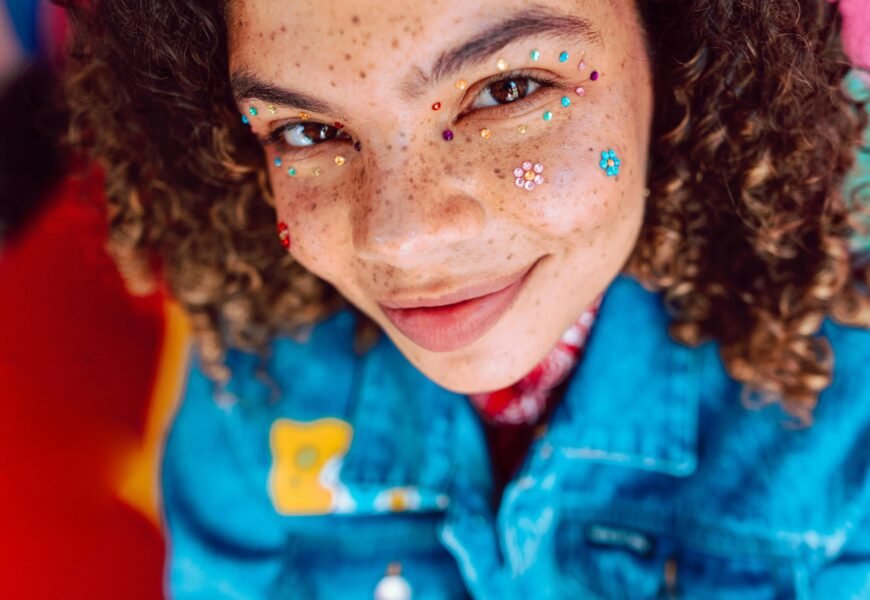In today’s world, the journey from isolation to inclusion is a profound journey many LGBTQIA+ youth face. Meet Jamie: a bright, talented teen who feels like they don’t quite fit in at school due to their sexual orientation. Each day, they walk through the hallways, surrounded by peers, yet feel a deep sense of isolation, compounded by fear of judgment and rejection. This sense of isolation — one felt by countless LGBTQIA+ youth — emphasizes the urgent need for safe spaces where they can be truly themselves. This article delves into the vital importance of creating inclusive environments for LGBTQIA+ youth. Through understanding the core issues, offering practical tips, sharing real stories, and addressing challenges, we can drive awareness and foster communities that celebrate diversity instead of shunning it.
Understanding the Core Issue
The Pressures of Isolation
Isolation can manifest in various forms, particularly among LGBTQIA+ youth who might face rejection from family, friends, or society at large. This isolation can lead to feelings of worthlessness, depression, and anxiety. When society fails to provide acknowledgment and acceptance, many young individuals find themselves grappling with their identity alone, exacerbating emotional distress. According to a 2019 study by The Trevor Project, LGBTQIA+ youth are significantly more likely to experience suicidal thoughts and attempts compared to their heterosexual peers. The need for support and community is, therefore, not just important; it’s essential.
Safe Spaces: What They Are and Why They Matter
Safe spaces are environments where LGBTQIA+ youth can express their identities without the fear of prejudice or hostility. These spaces can range from school clubs to community centers, and they play a critical role in fostering acceptance and self-expression. They serve as sanctuaries where teens can find allies, share experiences, and build supportive social networks, significantly influencing their mental health and overall well-being.
Moreover, safety and inclusion in environments like schools are fundamental to ensuring that LGBTQIA+ youth can thrive academically and socially. Many young individuals gain strength and resilience through connections formed within these safe spaces, ultimately empowering them to navigate the broader world with confidence.
The Social and Emotional Impact of Safe Spaces
Creating safe spaces has profound psychological benefits. When LGBTQIA+ youth feel connected, they develop a stronger sense of self. They learn to advocate for themselves and others, promoting social change and understanding. Safe spaces foster inclusivity, which in turn enhances creativity and academic performance, allowing these young individuals to shine and reach their full potential.
Practical Tips and Strategies
Establishing Safe Spaces in Schools
Establishing safe spaces in schools can start small but yield significant outcomes. Introducing LGBTQIA+ clubs or alliances not only provides a haven for students but encourages allies to join, further promoting awareness and understanding among the wider student body.
-
Form a Gay-Straight Alliance (GSA): Encourage students to form a GSA, where they can discuss issues pertaining to LGBTQIA+ rights and social justice. These clubs facilitate dialogue, celebrate diversity, and offer mutual support.
-
Implement Training Programs: Schools can benefit from training staff on LGBTQIA+ issues and inclusivity. Understanding how to create a welcoming environment is crucial for educators and administrators, as their actions set the tone for the entire school culture.
- Support LGBTQIA+ Curriculum: Integrating LGBTQIA+ history and literature into the curriculum helps normalize diverse identities. When students see themselves reflected in the material they study, it validates their experiences and fosters pride.
Community Initiatives
In addition to school-based approaches, communities can play an essential role in creating safe spaces:
-
Local LGBTQIA+ Centers: These centers often provide various resources such as counseling, social events, and educational workshops. Engaging with these centers can connect youth with mentors and a broader family of support.
-
Support Groups: Facilitate support groups in neighborhoods, fostering a sense of belonging where LGBTQIA+ youth can share experiences, struggles, and successes with peers who understand their journeys.
- Events and Celebrations: Hosting Pride events, workshops, or cultural celebrations can bring the community together and promote acceptance. These events raise awareness and amplify voices that are often marginalized.
Real-Life Examples
Story of Hope: Alex
Alex, a 16-year-old high school junior, struggled with depression and anxiety as a result of persistent bullying due to their non-binary identity. It wasn’t until they discovered a local LGBTQIA+ youth center that their life began to change. By attending workshops and support groups, Alex found a community of individuals who not only understood their struggles but also celebrated their identity. This empowering environment allowed them to transition from feeling alone to being an active advocate in their school, facilitating discussions about inclusivity and respect.
The Power of Peer Support: Sam’s Journey
Another inspiring story is that of Sam, a shy young adult who initially felt intimidated by the idea of joining an LGBTQIA+ club at their college. With encouragement from a friend, Sam decided to attend a meeting. There, they were met with open arms and immediate acceptance. Over time, Sam not only became a member of the club but eventually took on a leadership role. They began sharing their story, emphasizing the importance of support in healing from isolation. The experience revolutionized Sam’s outlook on belonging, and they now actively mentor younger LGBTQIA+ youth, helping them transition from isolation to inclusion.
Overcoming Challenges
Common Obstacles to Creating Safe Spaces
While the idea of creating safe spaces is universal, the implementation often faces challenges. These can include a lack of resources, resistance from individuals or groups, and the broader societal stigma surrounding LGBTQIA+ issues.
-
Resource Limitations: Nonprofits and community organizations often struggle with funding and support. Securing grants or forming partnerships with local businesses can provide much-needed financial assistance.
- Addressing Resistance: Some schools or community members might oppose safe spaces due to preconceived notions and biases. Engaging in respectful dialogue, providing educational resources, and highlighting the importance of acceptance can help to ease these tensions.
Solutions and Encouragement
The journey to foster safe spaces may seem daunting, but the potential impact is immeasurable.
-
Advocate for Inclusion: Continue advocating for inclusive policies at both local and national levels. Every voice matters, and social change is often born from grassroots efforts.
-
Build Alliances: Reach out to allied organizations or groups in the community. Forming coalitions can pave the way for joint initiatives that ultimately support LGBTQIA+ youth.
- Celebrate Successes: Acknowledge and celebrate any progress made, no matter how small. Sharing success stories reinforces the message that safe spaces are both needed and achievable.
Conclusion
The transition from isolation to inclusion for LGBTQIA+ youth is not just about providing spaces; it’s about fostering environments where acceptance, love, and understanding flourish. Safe spaces are vital, acting as bridges that connect individuals to supportive communities, ensuring they don’t have to navigate their journeys alone. By raising awareness, engaging in community initiatives, and overcoming challenges together, we can create a world where every LGBTQIA+ youth can thrive in their true identity. The time for action is now — let’s champion the cause and create safe, inclusive spaces for every individual. Each story matters, and together we can build a brighter future for all.












